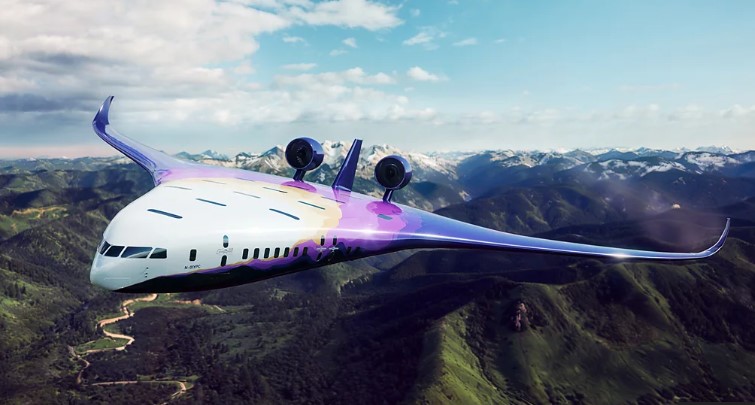Blended‑Wing Airliners: The Sci‑Fi Shape That Could Redefine Flight

The blended‑wing body (BWB) design merges the fuselage and wings into a single smooth structure, creating a wider, flatter lifting surface. This concept promises improved fuel efficiency, lower drag, more cabin space, and reduced noise — potentially reshaping commercial aviation in the decades ahead.
Quick Insight: The BWB design represents a leap in aerodynamics and sustainability, offering airlines and passengers a glimpse of the next generation of aircraft efficiency and comfort.
1. How Blended‑Wing Body Works
• The wing and fuselage are integrated, so most of the aircraft contributes to lift.
• This reduces drag and can improve fuel consumption significantly.
• Wider internal space allows for new seating arrangements and potentially enhanced passenger comfort.
2. Challenges Ahead
• Certification and safety standards must be adapted for the new shape, including evacuation protocols.
• Airport infrastructure (gates, maintenance, boarding) needs compatibility with non-traditional aircraft shapes.
• Development costs are high, and airlines will evaluate return on investment carefully before adopting.
3. Implications for Nigeria and African Aviation
• Engineering and aviation programs should integrate unconventional aircraft aerodynamics and sustainable design principles.
• Maintenance training will need to cover advanced composites, new cabin layouts, and structural considerations unique to BWB.
• African airports may need to future-proof facilities, ensuring gates, aprons, and support infrastructure can handle next-gen aircraft.
• Promotes alignment with global trends in greener and more efficient aviation technology.
Final Thoughts
The blended-wing body concept is more than futuristic aesthetics — it’s a step toward cleaner, quieter, and more spacious flight. Nigerian aviation education and infrastructure planning should anticipate these changes, equipping future engineers and policymakers with the skills and insights to thrive in an evolving global aerospace industry.
Tip: Aviation and engineering educators can create hands-on projects comparing traditional aircraft vs blended-wing designs to develop innovation, analytical skills, and sustainability awareness.
